Affiliate links on Android Authority may earn us a commission. Learn more.
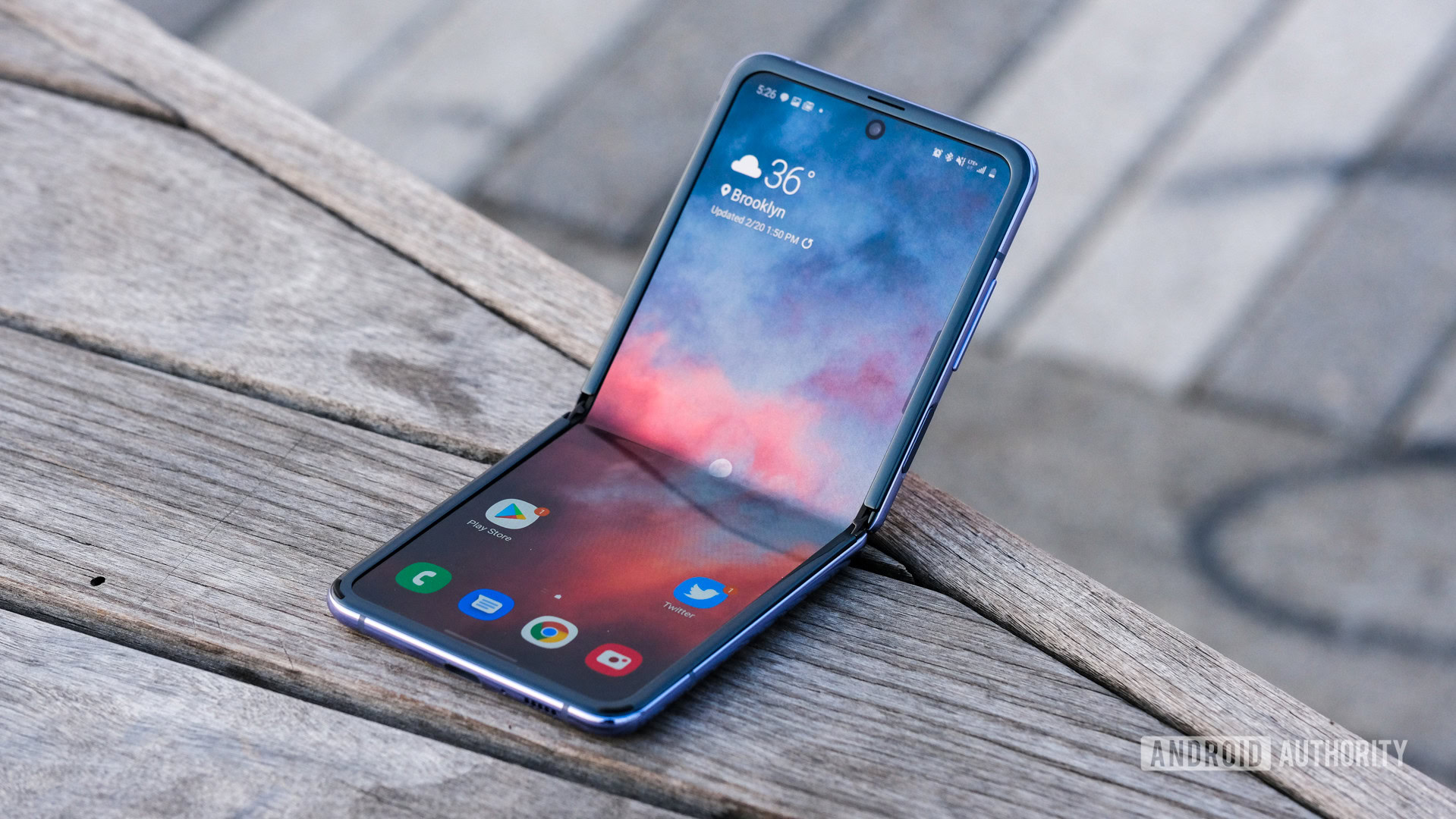
Samsung Galaxy Z Flip review: Love for all the wrong reasons
February 11, 2022
Samsung Galaxy Z Flip
What we like
What we don't like
Samsung Galaxy Z Flip
The Samsung Galaxy Z Flip is a very strange phone to review. Not because it is bad, but because it is weird.
Usually, a review works as an evaluation between peers. We compare a product against what the company claims it is meant to be, and then we stack it up against the competition. Does Product A offer better value versus Product B? Does it have a better camera or battery life? How good is the display? There are a huge variety of options for consumers to choose from in the world of mobile phones, so which one should get your money?
Samsung‘s Galaxy Z Flip does a lot of things really well. It has great performance, moderate battery life, and the latest version of Android. But it does one thing 99% of other phones can’t yet do: it folds in half.
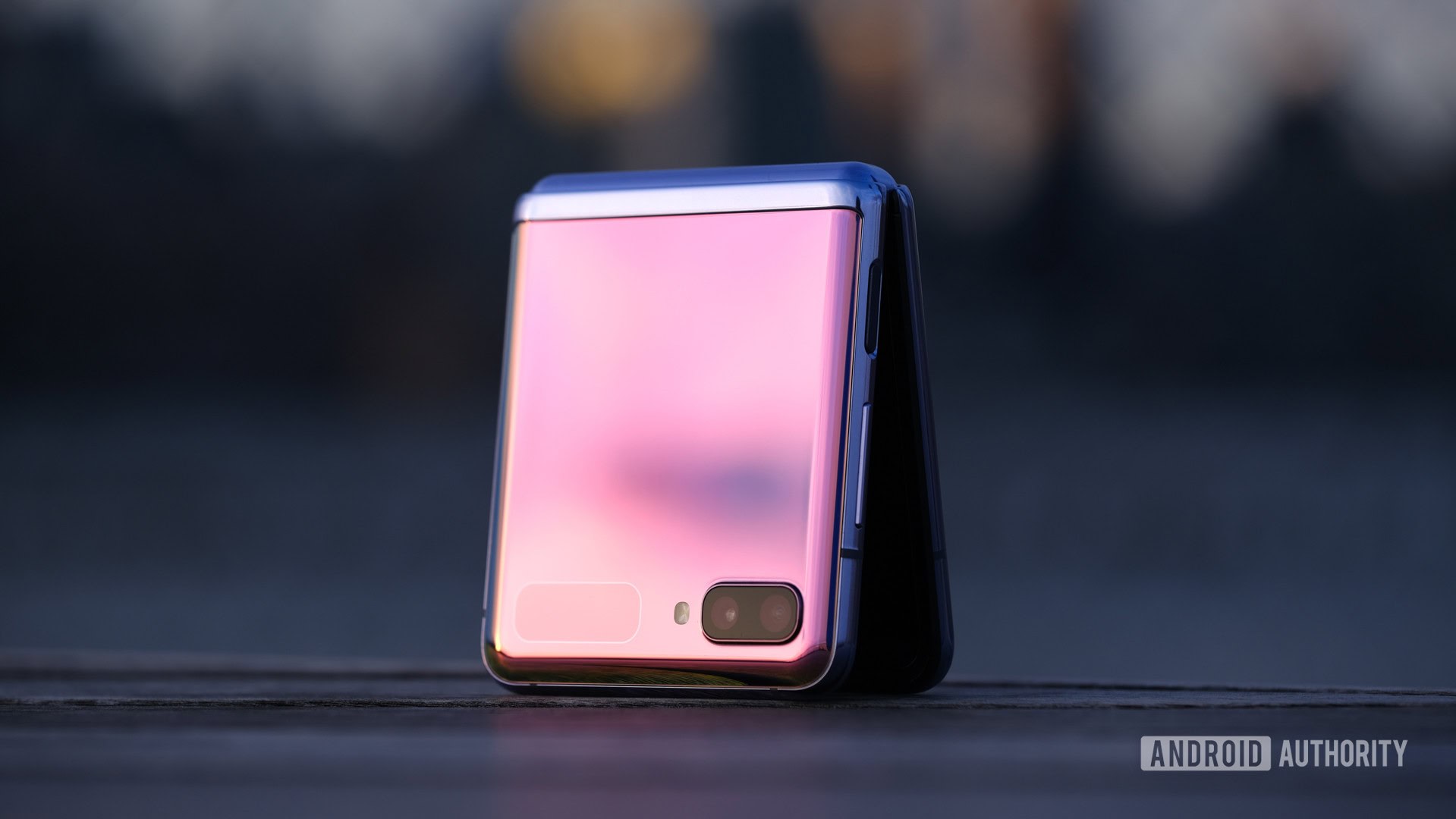
Indeed, the design of the Samsung Galaxy Z Flip is its entire value proposition. The internals from the Z Flip just about match a flagship smartphone from late 2019, so you’re paying a price premium to get something that is pretty unique, but now a little outdated. I could spend this entire review comparing the Flip to the other notable clamshell foldable phone series, the Motorola Razr. If you want the skinny, it’s that Samsung’s phone has way more brawn and way better build quality, at a lower price — more so since it dropped from its original MSRP of $1,380 to $1,299.
Instead, I would like to help you decide whether the prospect of this folding form factor is worth the extra cash.
This is our Samsung Galaxy Z Flip review.
What’s up with the folding?

The Samsung Galaxy Z Flip is a breed of folding phone the industry refers to as a clamshell. This means it looks like a normal smartphone while you’re using it, then folds shut like a clam to become roughly half the height it was previously. Folded, of course, the phone is twice as thick as when open. But that’s a trade-off you’ll have to make if you want your phone to fold shut.
Related: The best cases to keep the Samsung Galaxy Z Flip protected
To achieve this, Samsung is using a new technology called Ultra-Thin Glass (UTG). This special type of glass is nearly as flexible as the plastic OLED display we saw on the original Samsung Galaxy Fold and Motorola Razr. Samsung also uses UTG in its Fold successor, the Galaxy Z Fold 2, as well as the Galaxy Z Flip 5G.
Because it’s so thin, the glass is definitely not as durable as a standard smartphone display. A teardown by Zack Nelson of JerryRigEverything revealed that you could pierce the Galaxy Z Flip’s screen fairly easily. That being said, the glass is mostly protected while the phone is folded, and I didn’t experience any issues with my unit. Still, it’s natural to have some longevity concerns with new display technology. To combat this, Samsung offers a one-time replacement of the display for $119 during the first year of ownership.
But is a clamshell-style foldable phone even useful? My answer, as much of a cop-out as it may seem, is it depends.
The benefits
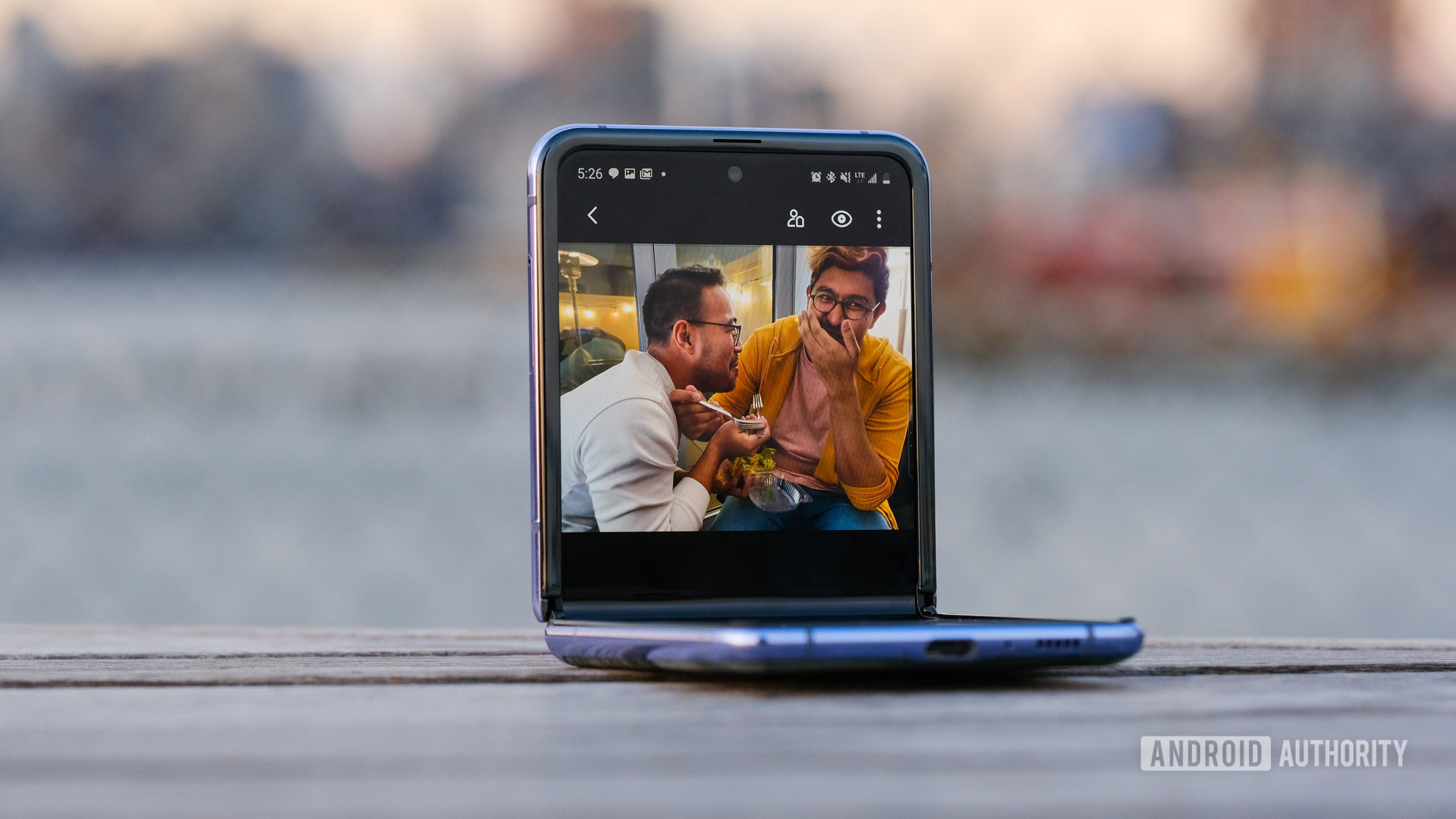
Arguably the biggest benefit of a clamshell foldable phone is that, when not in use, the phone is about half as tall. This means it takes up less vertical space, is better protected, and can fit in smaller pockets and compartments versus conventional smartphones. Considering the Galaxy Z Flip has a fairly massive 6.7-inch 21.9:9 display, the smaller form factor helps it fit in way more places.
During the review period, I had multiple instances where I freaked out, worried that I’d left the phone sitting on a table somewhere. In fact, the phone was just nestled in the bottom of my pocket, much deeper than I was expecting. Once, I forgot I had put it in my breast pocket instead, which is actually a surprisingly convenient place to store a foldable smartphone.
The Z Flip got lost in my pockets when folded, and that's a good thing.
I was immediately inclined to think this phone would be perfect for someone like my mom, who tends to wear pants with pockets too small for the average smartphone. Because of this, she usually keeps her phone in her back pocket. And, well, let’s just say I’m pretty good at replacing iPhone screens now.
Samsung would like you to believe there are multiple other use cases for a phone that folds in half. While I agree with Samsung to some extent, the benefits are really fringe. The biggest secondary use case for me was watching a video or stream an Instagram Live without needing to lean the phone against anything. Instead, I flexed the phone in half and let the bottom hold up the top display. I didn’t do this often, though, and prefer to watch videos in landscape mode. Because the phone is so tall, videos take up less of the display than usual. If you stretch to fill the whole screen, you’ll have a fairly major crop.
Otherwise, Samsung has added native Z Flip support to some of its apps, ensuring that the main elements remain at the top while secondary elements, such as controls, are banished to the bottom while flexed. This works with the camera, gallery, and messages apps. Samsung has partnered with Google to make this feature work with the Duo video messaging app. The feature is also meant to work with YouTube, but it doesn’t seem to quite yet.
Personally, I was hoping that using the Z Flip would encourage me to use my phone less. It takes more effort to mindlessly scroll on this phone than it does on other phones, so I was hopeful the hinge would act as some form of deterrent. Unfortunately, that wasn’t really the case. It turns out bad habits will prevail, even if it means I need to jump through a couple of extra hoops.
Is the front screen useful?
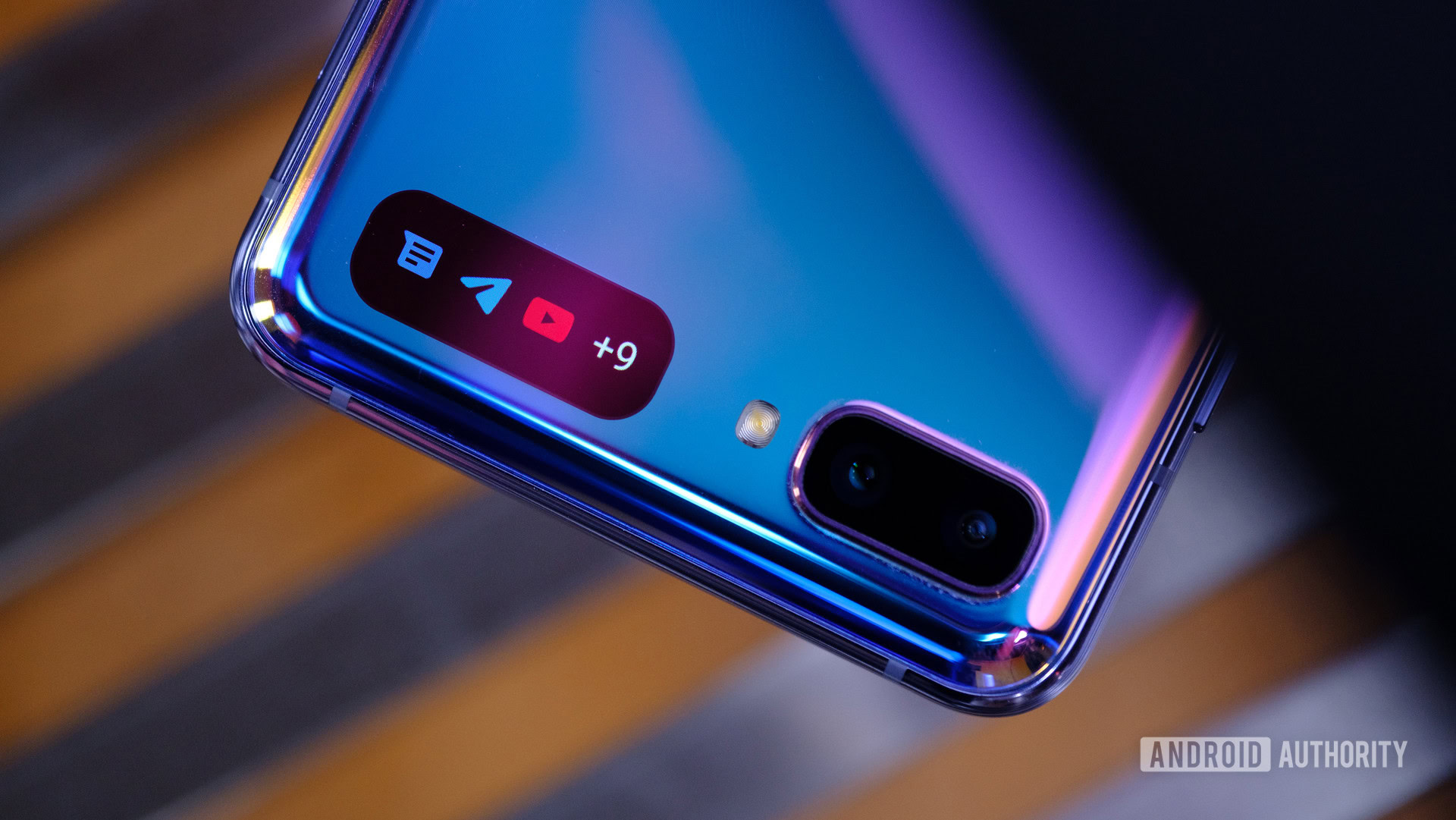
Like the Motorola Razr series, there is a front display on the lid of the Galaxy Z Flip. Unlike the Motorola Razr, the Z Flip’s is very, very small. The OLED display is only 1.1-inches and shows basic information like time, notifications, and media controls. If you tap on a notification, the information contained within it will scroll by, but it doesn’t scroll long enough to read the whole message on most occasions. If you double-tap a notification, it will prompt you to open the phone to read it, and the associated app will open automatically.
The front display can also be used as a mini viewfinder if you want to take selfies with the phone closed. Because of the display’s weird aspect ratio, the image shown is only the center of the resulting image, but since it’s a selfie, that’s all the information you really need to have anyway.
The only use I see in this feature is the ability to take higher-resolution selfies since the front cameras are 12MP, vs the 10MP sensor on the inside of the phone. The wide-angle camera also gives a much wider field of view than the selfie camera if you need to fit more people in the shot. You can switch between the standard and wide-angle lenses by swiping on the display.
So, is the display useful? I would say for what it’s meant to do, yes. A lot of people will unlock their phones just to check the time, and this allows you to do that quickly. You still need to double-tap the display or press the power button to turn it on, though, and I wish Samsung offered an always-on mode for the clock.
Comparatively, the larger front display on the Moto Razr allows you to respond to notifications without opening the phone. With the Z Flip, you can only view notifications, not interact with them. Just as was the case with the original Samsung Galaxy Fold, I wish they made the front display a little bigger.
Of course, Samsung finally did just that with its latest Galaxy Z Flip 3. If you’re looking for a foldable with a more mature design, check out our review here.
The regular phone part of the foldable phone
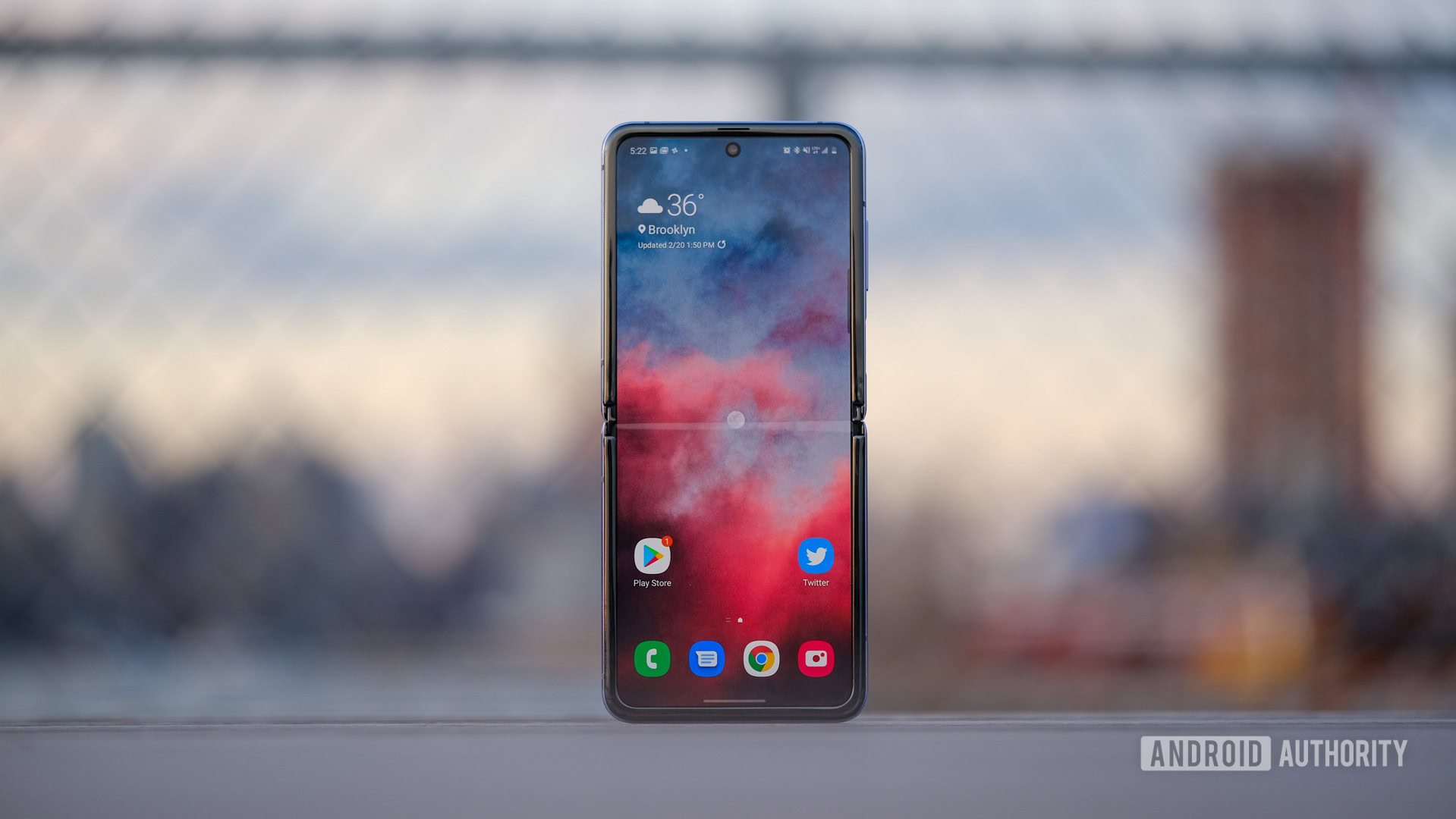
While the most interesting part of this phone is undoubtedly the fact that it folds, there’s still a whole phone in here. So, how does it perform?
I’ve seen the Galaxy Z Flip compared to a foldable, souped-up Galaxy S10e, and by most measures, that’s what it is. It boasts a slightly more powerful Snapdragon 855 Plus processor versus the standard Snapdragon 855 on the S10e, 8GB of RAM, and 256GB of UFS 3.0 storage. This was a flagship device at launch by most measures, unlike the mid-range spec’d Motorola Razr.
These specs help the phone perform wonderfully, even today. I didn’t see any stuttering or frame drops in daily use, and I often multitask on my devices like crazy. The phone turned on quickly every time I opened it, and, through and through, I didn’t see any issues.
The Samsung Galaxy Z Flip performed fairly well in benchmarks, tightly mirroring the Galaxy S10e in most cases. This makes sense considering most of the specs are fairly similar.
The Z Flip is packed with a 3,300mAh battery. This isn’t as high capacity as I would like, and I got about five hours of screen-on time on any given day, which isn’t great. I normally unplugged the phone around 10 AM, and the phone died around 10 AM the next day. Overall, you’ll probably get a solid day’s use out of this phone, but if you decide to stay out late one night, you’ll need to top up or be careful of your usage.
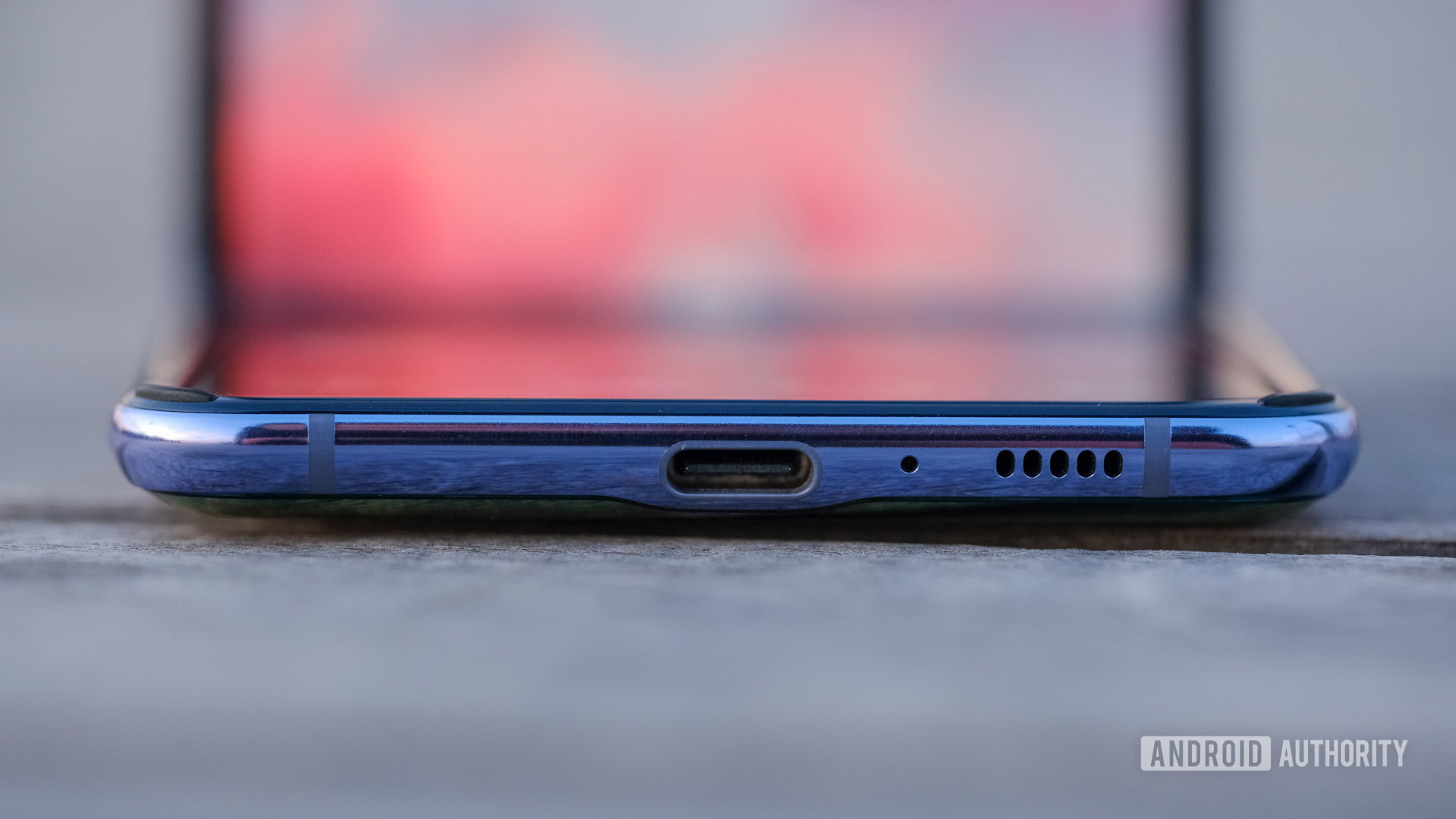
If you need to juice this thing up, it supports wired charging at 15W, which feels a bit slow. When I plugged this phone in at 5%, it would take about one hour and 45 minutes to charge. Considering the original Google Pixel supported 18W charging and the new Samsung Galaxy S21 Ultra supports 25W charging, the charging speeds are definitely not up there with the best.
The Flip does support wireless charging of up to 9W and reverse wireless charging. While both are pretty convenient, wireless charging is quite a bit slower than wired. If you’re just charging while you sleep, though, wireless charging is a great feature to have.
As for software, Samsung has already given the Z Flip its Android 11 boost. In fact, it arrived on both the original Z Flip and the Z Flip 5G towards the end of December 2020. The phone then received its One UI 3.1 update in February 2021 alongside Samsung’s Galaxy S20 and Note 20 families. Most recently, the original Galaxy Z Flip has begun to receive its September 2021 security patch, starting on the Sprint network.
Samsung also extended its security update policy, extending monthly updates for the Z Flip from three years to four. This means you should still receive regular security patches through early 2024. The South Korean OEM also promises three generations of Android version updates, which should carry you through Android 13.
Build quality and durability
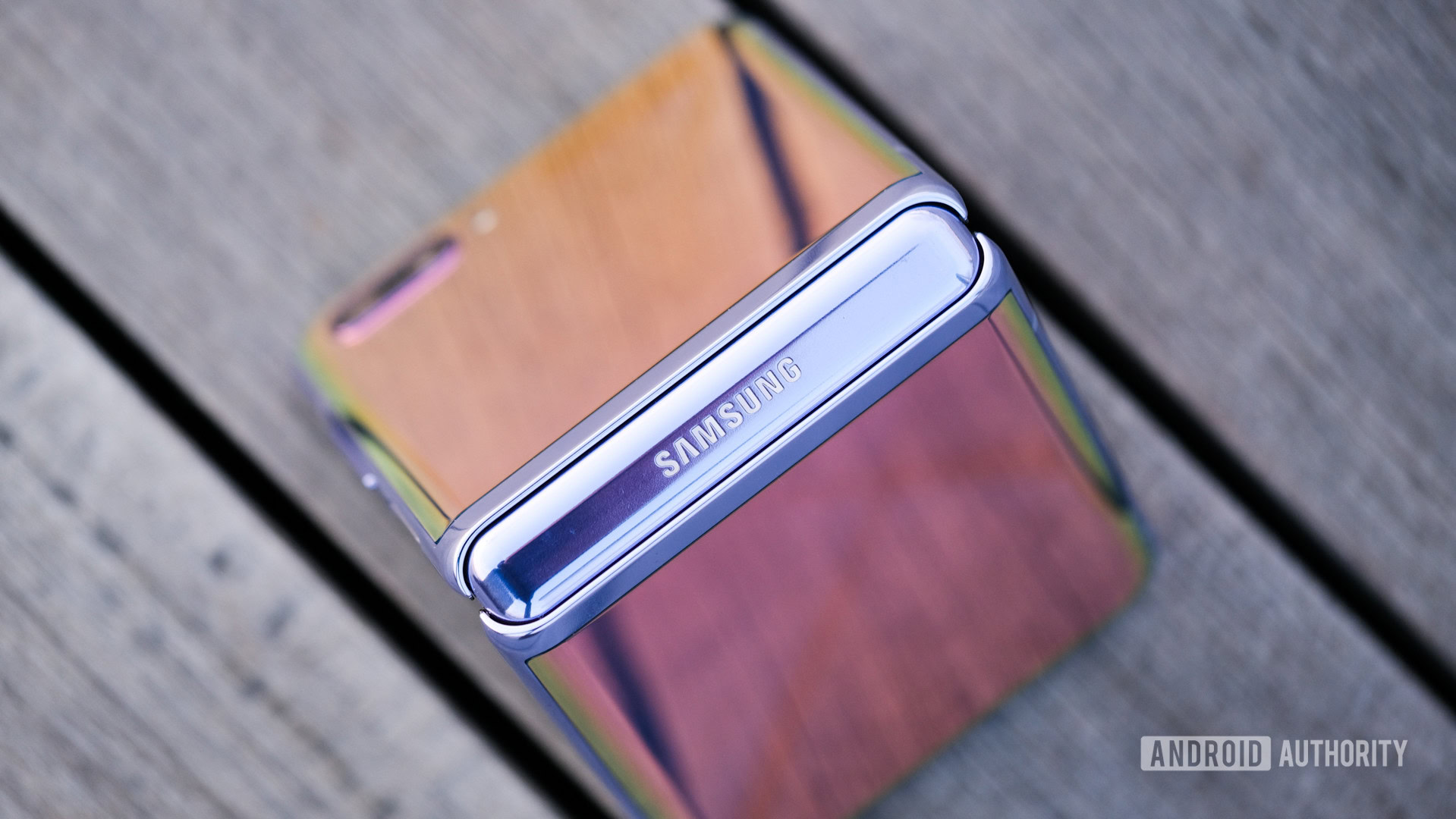
The Samsung Galaxy Z Flip feels like a surprisingly well-built device. The frame is made out of aluminum and feels really sturdy. The ultra-thin glass display feels more like a smartphone screen than most foldable devices I’ve used before. This makes it the best-built foldable I’ve used to date and gives me hope that the category may finally be able to exist in the mainstream.
Samsung has also re-engineered the hinge of the phone. This allows for a full 180-degrees of tilt, which gives the phone all its extra functionality. Samsung rates the display to fold 200,000 times before potential failure.
Samsung added fibers to the inside of the hinge to help stop dust from entering the hinge mechanism. While the actual amount of fibers added is much less than what was represented in Samsung’s promo video, I can confidently say that nothing has gotten into my hinge so far. We’ll have to wait and see how this hinge fares over the next couple of months.
This was the best hinge on a foldable until the Z Flip 3 came around.
I should note how ridiculously slippery this phone is. When closed, the Galaxy Z Flip will easily slide around on most surfaces. Samsung does include a clear case with the Mirror Purple model, but it uses adhesive to attach, and I didn’t want to attach a case to this thing permanently.
As far as durability goes, the Galaxy Z Flip has been great. I’m a pretty clumsy person and have dropped it on a few occasions. None were onto concrete, so there’s that, but the Flip suffered no more than a few minor hairline scratches. The two back panels covering the top and bottom are made of glass, so I was particularly nervous about cracking those.
What about the cameras?
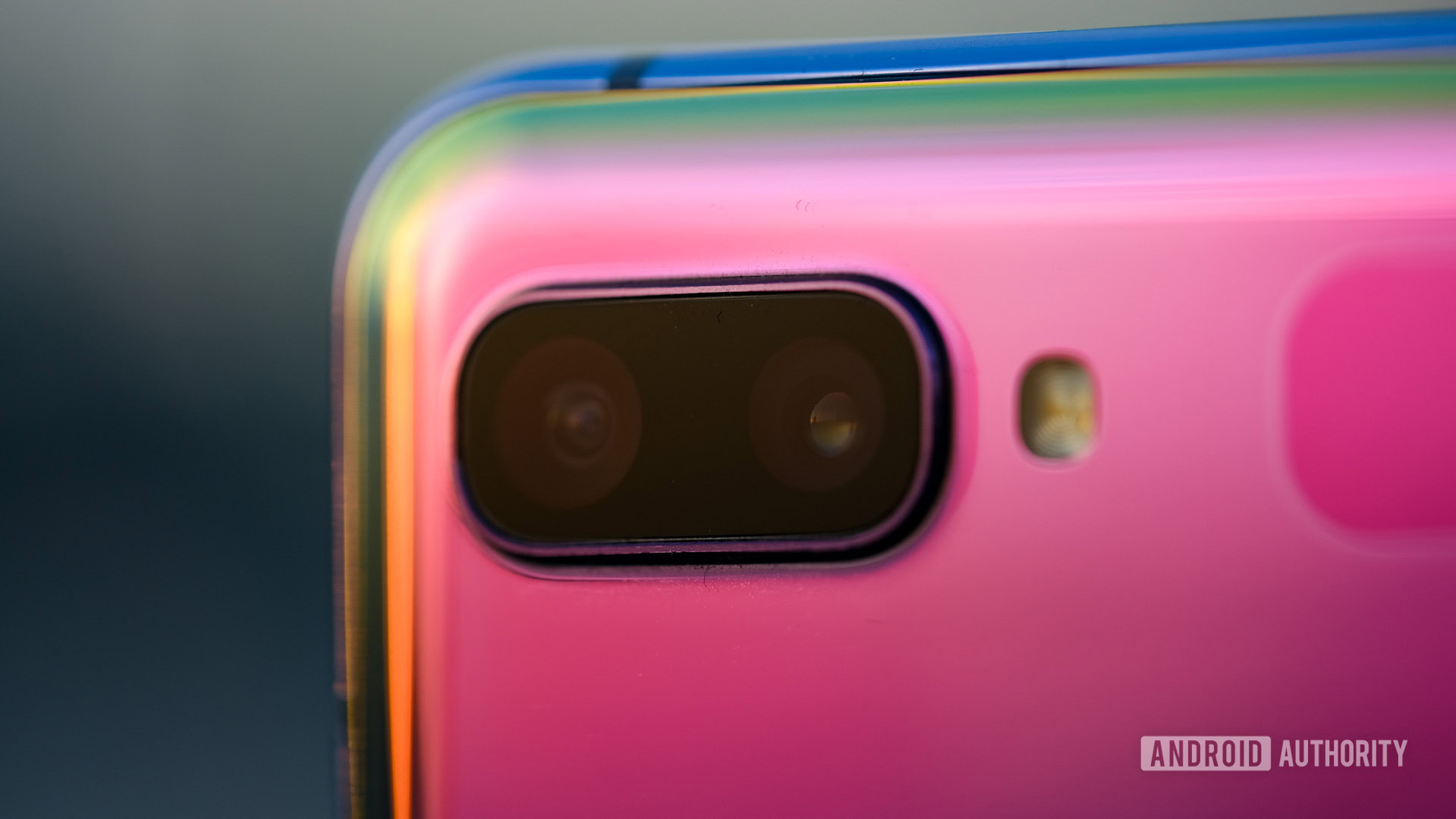
Remember how I said the Galaxy Z Flip was similar to the Galaxy S10e? The camera array is a big reason for that. The Galaxy Z Flip features two cameras on the hood of the phone, which are technically the rear cameras, though you can use them for selfies. One is a 12MP standard angle lens with an f/1.8 aperture and optical image stabilization. The second is a wide-angle lens with 12MP of resolution, no optical image stabilization, and a 123-degree field of view.
Also read: The best camera phones you can get
Like many other flagship devices, the cameras do quite well in decent light, though there is a bit of smoothing seen if you zoom in. The Z Flip seems to be better at contrast and color out of the gate than previous Samsung devices, which I often felt were overly aggressive on dynamic range.
The wide-angle lens has quite a bit of distortion, and really squeezes objects in the center of the frame. I would probably try to stick to using this camera for landscapes or in desperate moments where you need to take selfies of large groups.
In low light, the Z Flip definitely struggles a bit. The shutter speed is reduced, which leads to blurring, and the images got pretty soft. Night mode adds quite a bit of light, but I found the image was even softer in most situations. If you’re taking a photo of something static, this fares better, but add moving objects, and you’ll get a lot of artificial exposure, which produces the softness in the image.
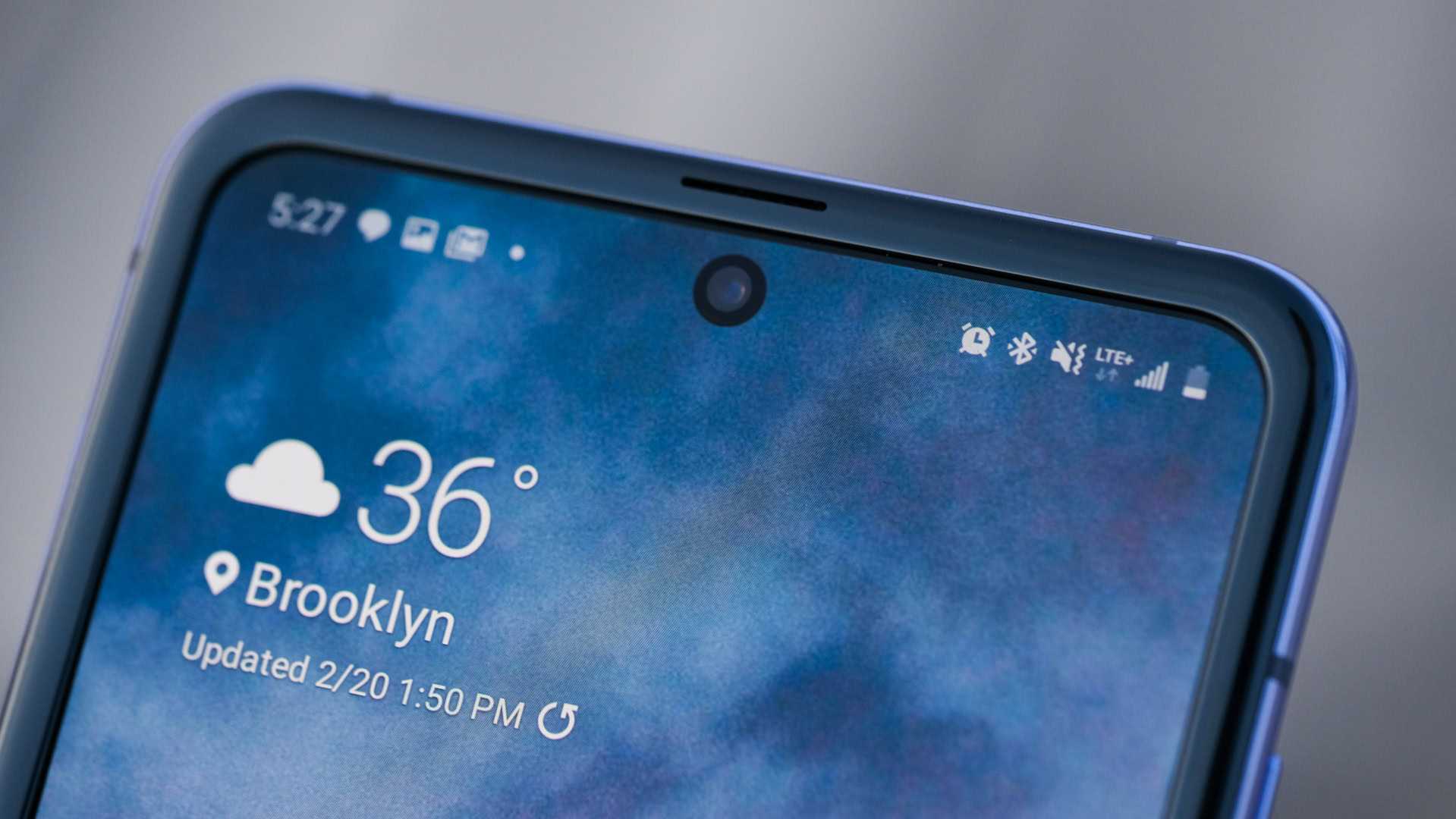
Inside, you’ll find a hole-punch selfie camera with a resolution of 10MP and an aperture of f/2.4. The selfie cam is placed in the same position as the Galaxy Note 20 series and Galaxy S21 series.
I was shocked at the quality of this camera. Sharpness was excellent, and it didn’t smooth skin nearly as badly as many other selfie cameras. There is a wide mode and cropped mode for this lens, so you can get more people in the shot if need be.
Anything else?
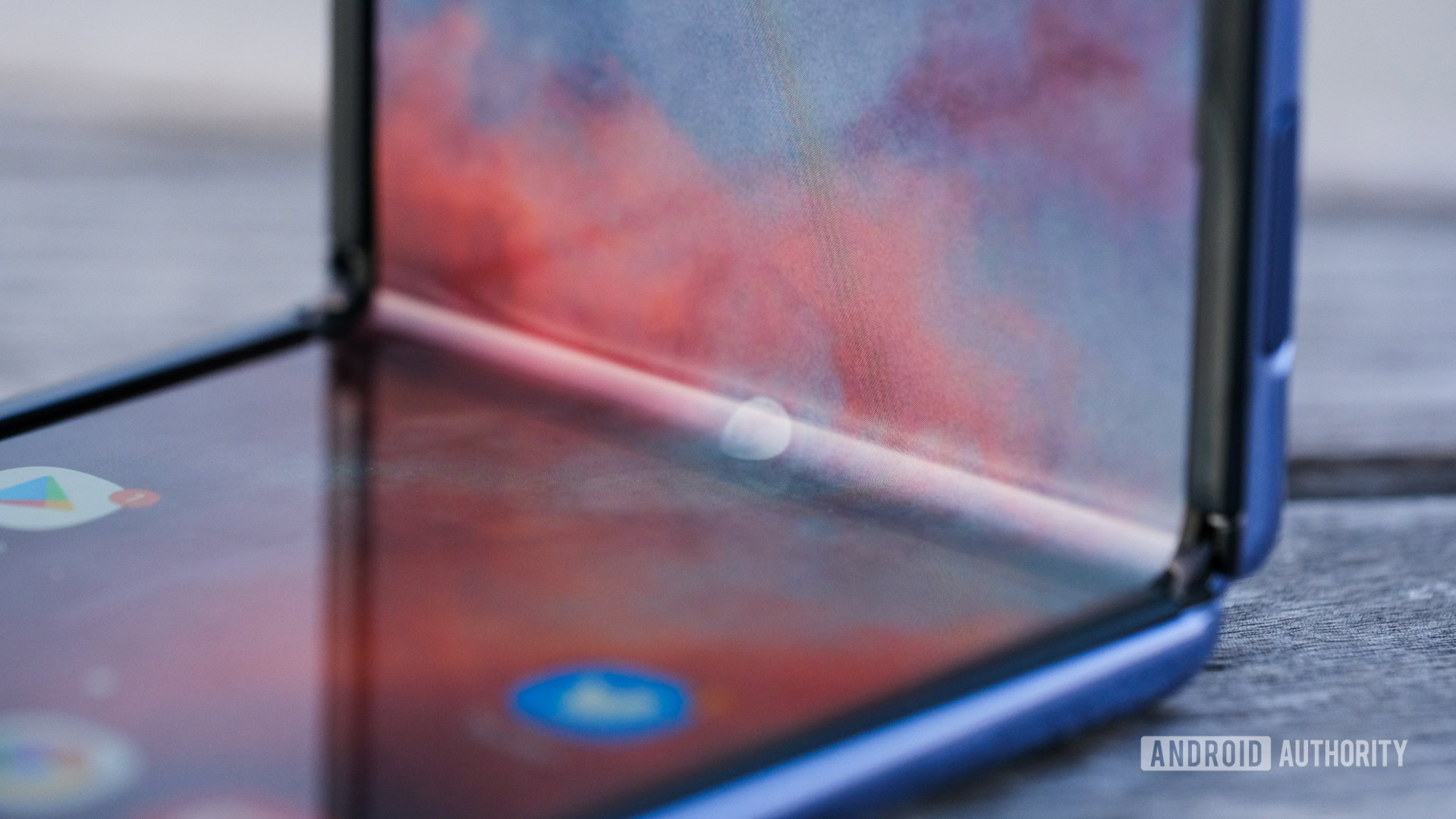
I’ve gotten many random questions from friends and colleagues about this device, so here are some commonly asked questions and answers.
Is there a crease?
Yes, but it’s not very noticeable. It’s definitely there, and you will feel it if you slide your finger across the display. Yet while the display is illuminated, it’s hard to see at all but from a few angles. If the idea of the crease annoys you, you’ll have to wait. Every foldable phone released so far has had a crease, and they’ll probably continue to be part of the folding phone experience for a while.
Can you flip the phone open with one hand?
Yes, but it takes a decent amount of force. You need to pry the display slightly open with your thumb before flipping it open — manually; there’s no spring assistance here. Even then, you should probably do it with two hands. The hinge was made to stay open at any angle (sort of like a laptop), so you should handle it with care.
Can you end a call by closing the phone?
Yes! I really enjoy doing this. There is an option to make it not end calls, but this doesn’t shift the call to the speakerphone; It just keeps the call in the earpiece, which is really not that useful.
Samsung Galaxy Z Flip review: The verdict
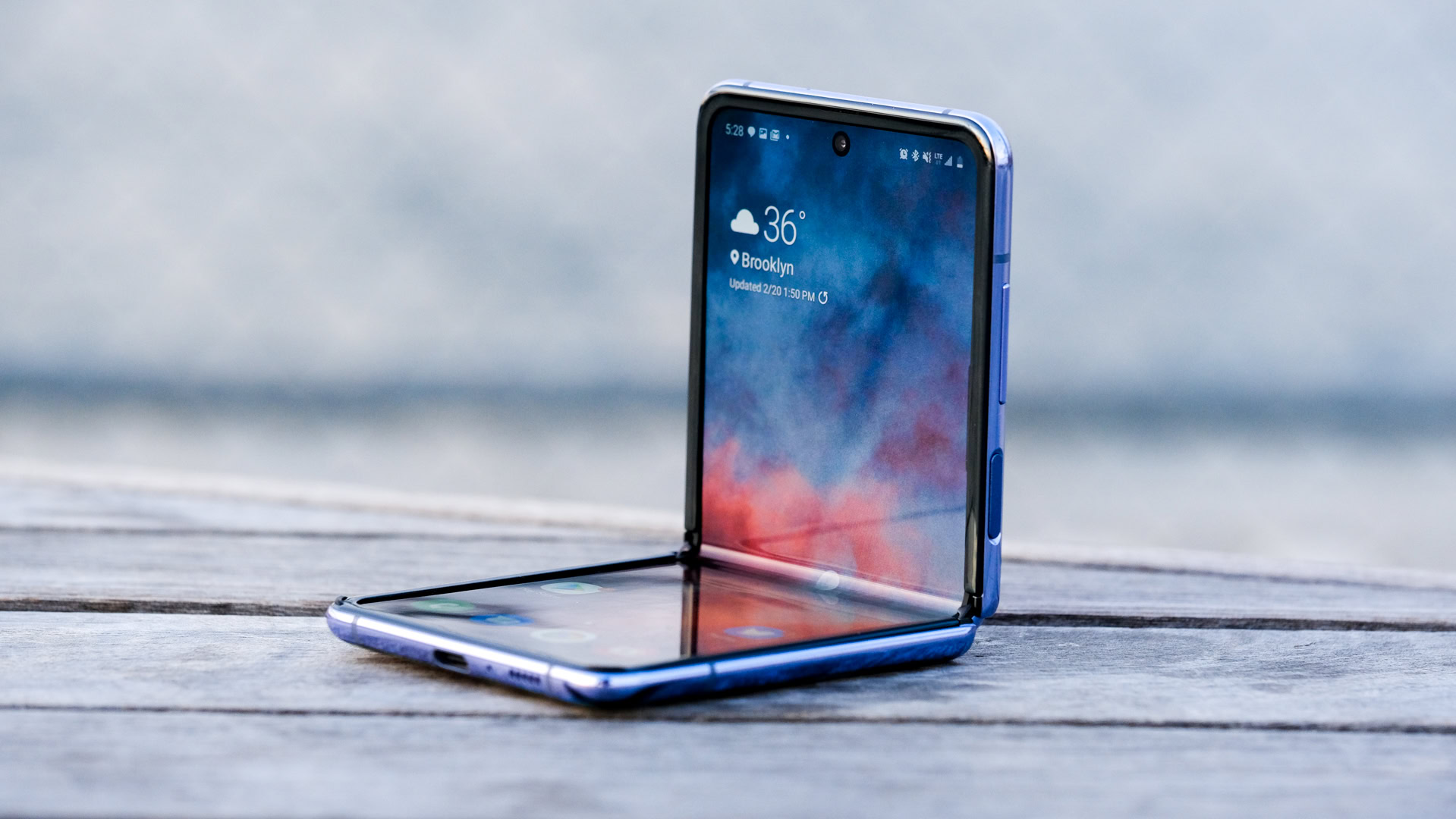
If you’re looking to buy this phone, there’s a good probability you’re deciding between the Z Flip and one of the Galaxy S21 series devices. Those standard phones definitely have a leg up on this folding device in several categories: processor, battery, RAM, camera, and 5G capabilities. But you don’t buy the Galaxy Z Flip or the 5G-enabled newer model for those things.
Look, let’s be real. Save for the pocket space savings, none of the Z Flip’s features have radically changed my life. I don’t video chat often enough to need a built-in kickstand. I don’t find the split apps useful. Unfolding it takes more time than just unlocking a rectangle. But it legitimately brings me joy because it is fun.
Read more: The best Samsung phones
If you want the best overall Samsung experience, grab a Galaxy S21 device. They have the edge in almost every aspect. However, if you want a unique Samsung device that’s bound to turn heads, grab yourself an updated Z Flip 3. You can also give the Galaxy Z Fold 3 a look, as it makes numerous improvements over the original folding phone. Just be ready for quite the hefty price tag.
If you want to buy the original Galaxy Z Flip, Samsung has chopped the retail price down to $1,299.99, which is just a hair more expensive than the 256GB Galaxy S21 Ultra, which costs $1,249.99. It also sometimes drops below $1,000 in sales, which is a fair price for what is still a fun phone to use on the daily. However, if you really want a clamshell-style foldable, the newer Z Flip 3 is a better buy at $999.99 brand new.
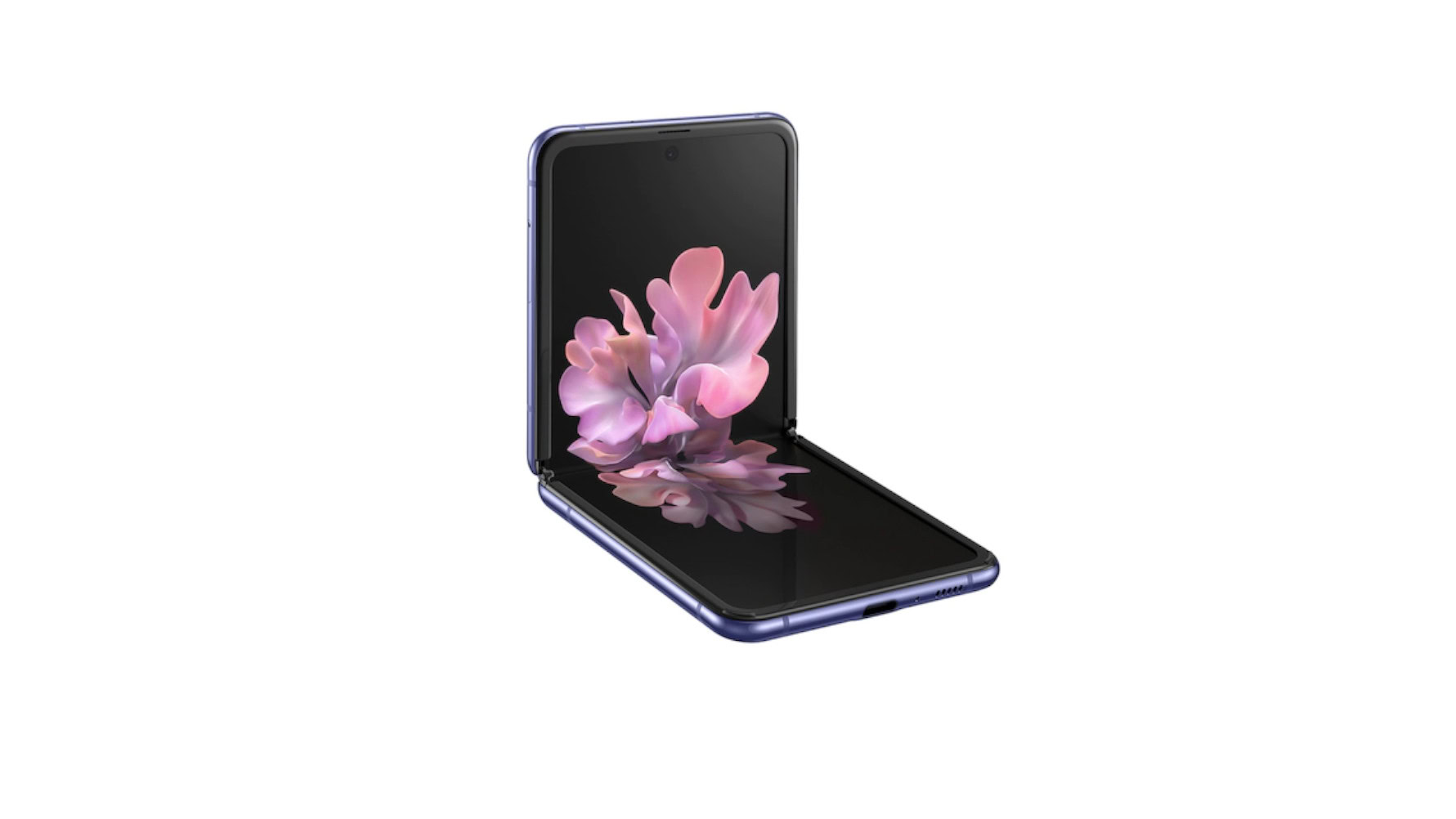
What do you think about the Samsung Galaxy Z Flip? Did you pick one up? Let us know in the comments below!